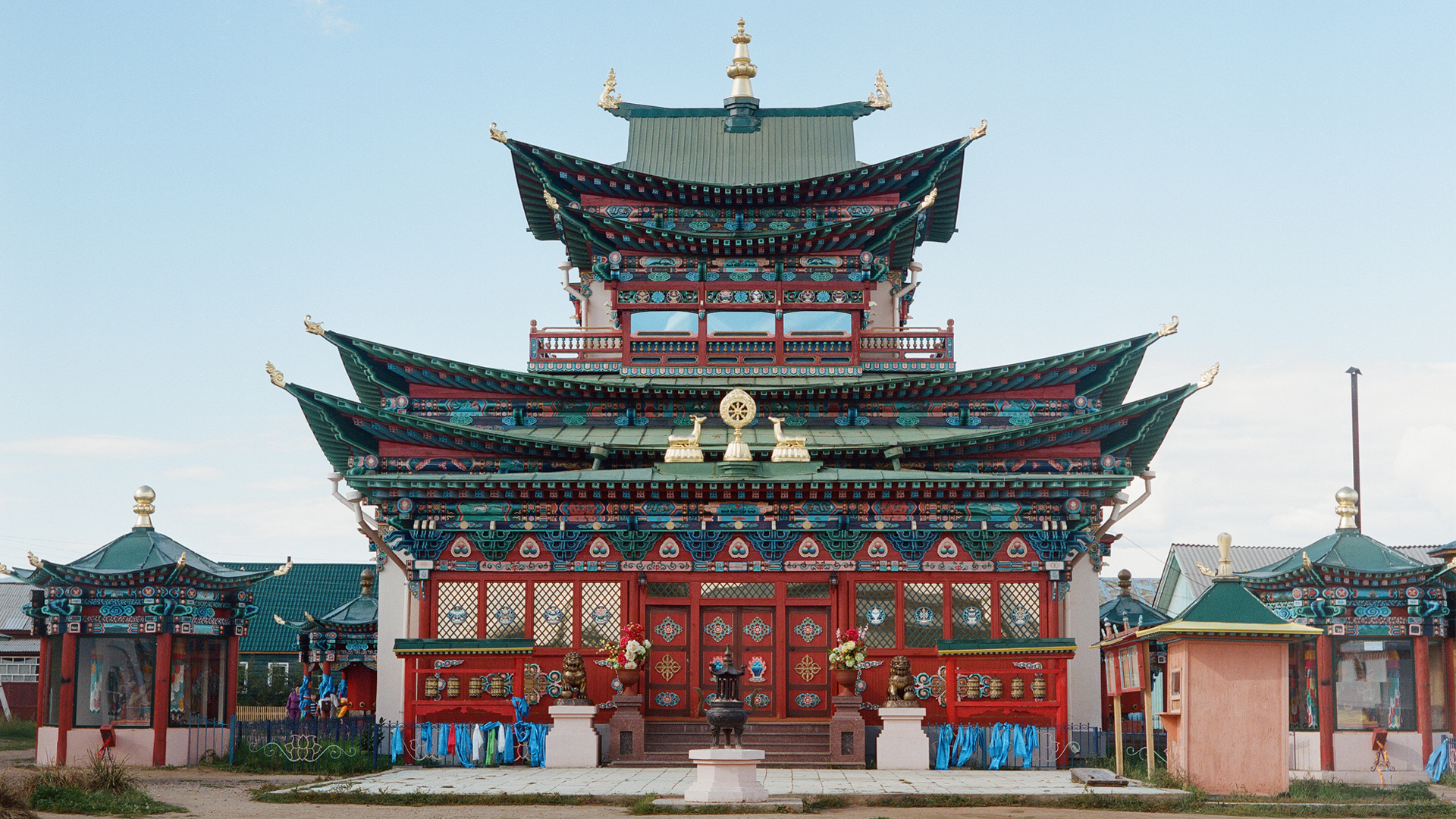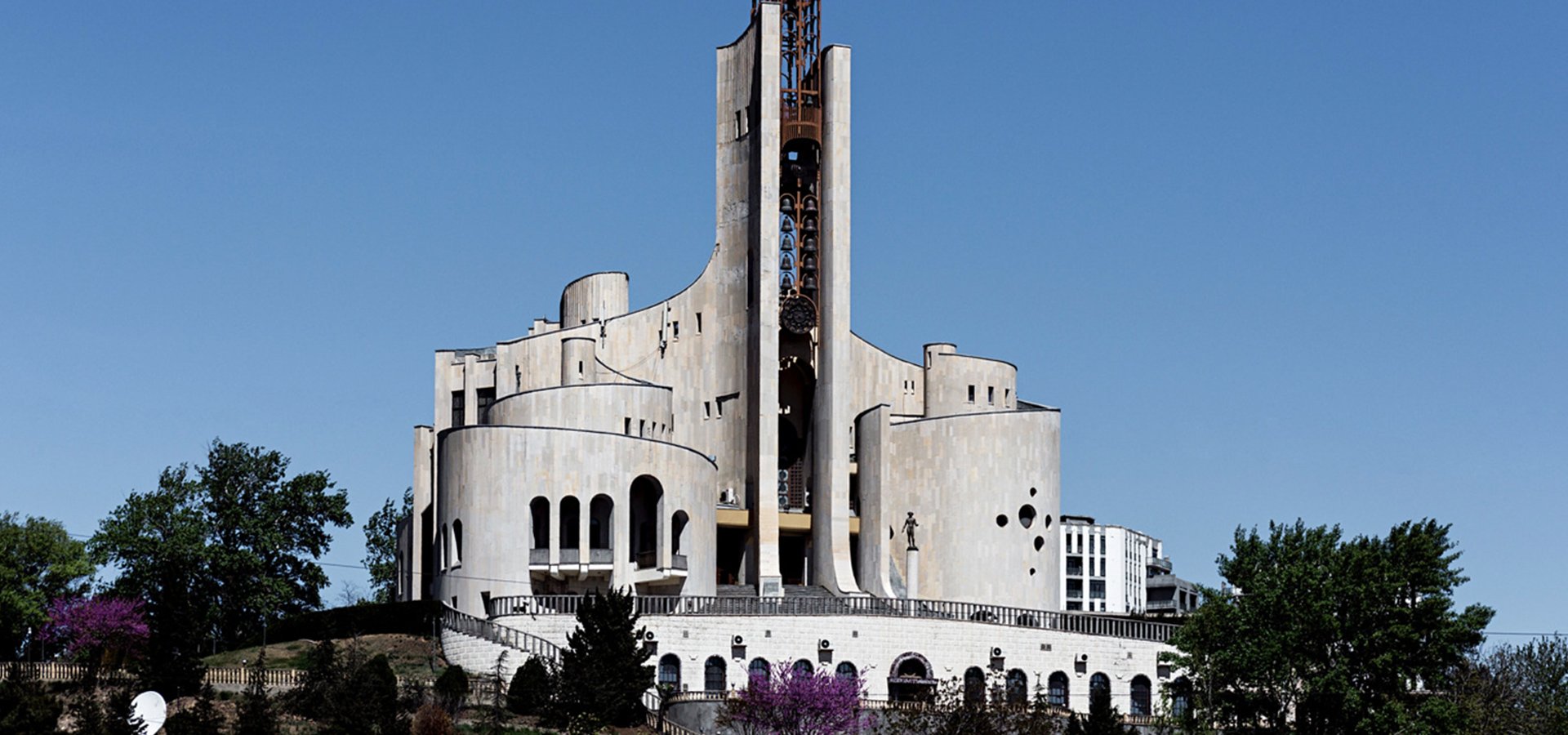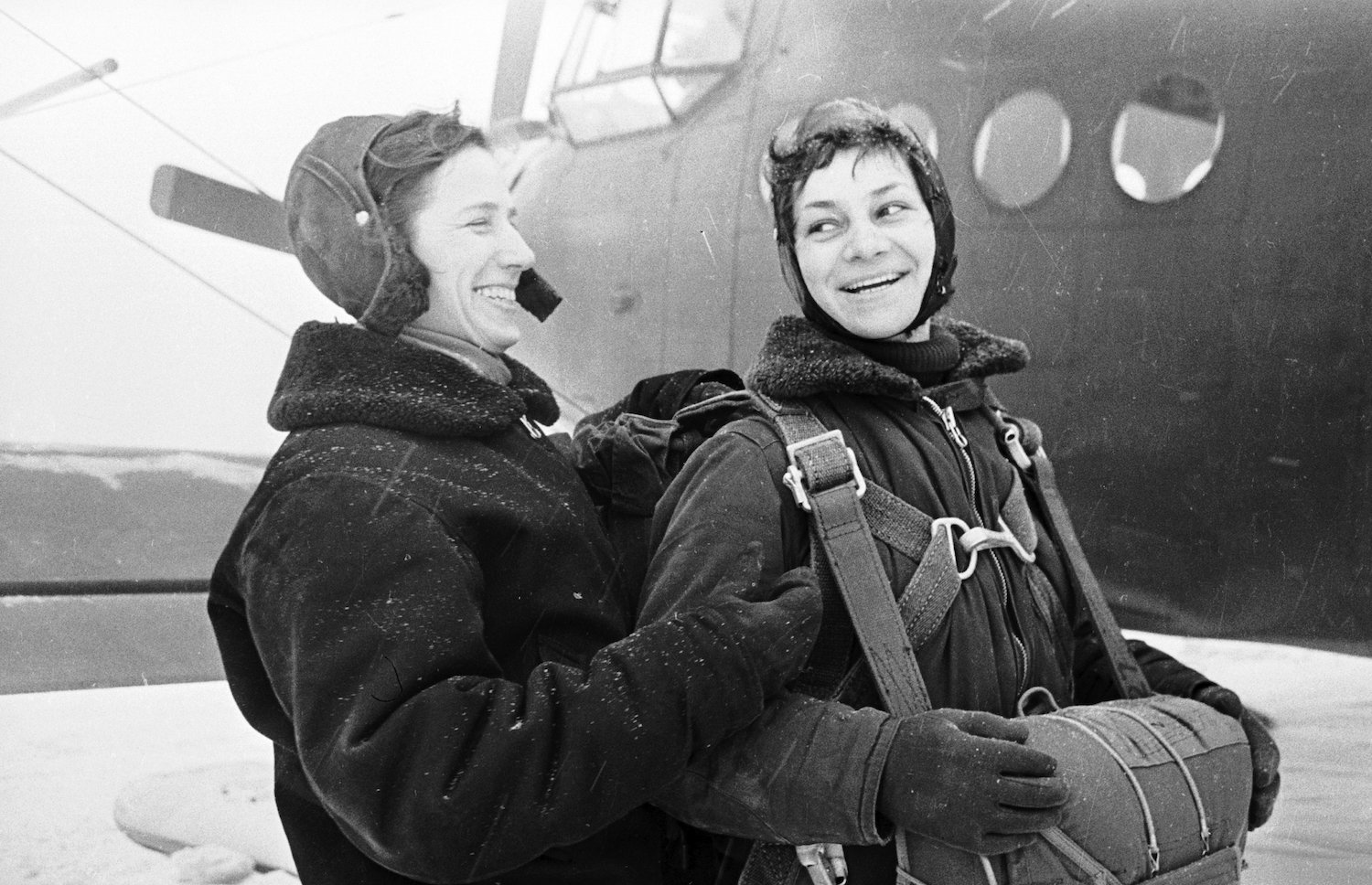Concrete landscapes of the Far North: a rare view of Siberia’s Soviet architecture


This article was originally published on ArchDaily.
Over the past few years, a series of exhibitions and monographs have prompted a rediscovery of socialist modernism, its powerful expression and perceived exoticism in the West stirring significant interest. The recently-published photo book Concrete Siberia. Soviet Landscapes of the Far North by Zupagrafika casts a new light on a still relatively unexplored chapter of architecture history by showcasing the Soviet architecture of Siberia’s major cities while providing an insight into a little-known landscape. The book presents the architecture and urban environment of six Siberian cities — Novosibirsk, Omsk, Krasnoyarsk, Norilsk, Irkutsk and Yakutsk — through the lens of Russian photographer Alexander Veryovkin, bringing about a new-found perspective on post-war architecture.
Concrete Siberia book cover. Image: Zupagrafika
'Siberian Convict Way' memorial complex in Krasnoyarsk (Built in 1978). Image: Zupagrafika
The project is the creation of Zupagrafika, a Poland-based independent publishing house and design studio whose work centers around European post-war modernist and brutalist architecture — most notably that of the former Eastern Bloc. Founded in 2012 by David Navarro and Martyna Sobecka, Zupagrafika has documented this architectural heritage through an extensive body of work which includes Brutal Britain, Eastern Blocks and Panelki.
With this latest project, the duo wanted to have a closer look at how the Soviet period influenced architecture and urban development in Siberia.
“Through Concrete Siberia, we are sharing the architecture which fascinates us and which we have been documenting in many ways (whether through illustration or photography) for the last decade. Many of the buildings photographed in the book have not been published in any form before. We believe this book can be a tool to explore unknown places and constructions that shaped the cityscapes of Siberia and also, perhaps, to appreciate them as they are.”
TETs-5 electric power station, Tsentralny District. Omsk. Image: Zupagrafika
The Siberian cities depicted in the book were initially designed around a single industry employing the majority of the inhabitants. Typification, one of the most recognisable traits of Soviet architecture, extended from housing estates to public buildings, with designs for cosmic circuses, concrete theatres and opera houses centrally developed in Moscow before being implemented in the Far North. Nonetheless, this remote area was not devoid of architectural invention, as several local architects developed their own interpretation of modernist architecture, attuned to the landscape and climate. Among them was Vladimir Pavlov, who developed a personal architectural style in Irkutsk, and Vitaly Orekhov, with his creative take on brutalism for the Central Stadium in Krasnoyarsk.
On a different note, the book also serves as a depiction of architecture in an extreme environment. Working on the album was a challenge in itself for photographer Alexander Veryovkin, as the book features two of the coldest cities on Earth, Yakutsk and Norilsk, where temperatures frequently reach -30 degrees Celsius. The rows of concrete panel blocks that protect the inner-city of Norilsk from the harsh winds are a stark reminder of the extreme climate setting of theses urban environments.
The Omsk Blinov Sports and Concerts Complex (Built in 1986). Image: Zupagrafika
Since they started Zupagrafika, Navarro and Sobecka have been traveling and documenting post-war modernist and brutalist architecture, citing the actual experience of these sites and buildings as the main inspiration behind their books. The duo strives to paint a more comprehensive picture of this architectural heritage, still widely misunderstood and firmly rejected by the general public. The work of Zupagrafika helps disseminate the complicated beauty of post-war architecture, with its ideals and shortcomings, thus creating the premises for a new understanding of this period in architecture history.
“We perceive the buildings and complexes featured in our books as the anti-heroes of modern architecture. Although these are home to the vast majority of city dwellers, post-war suburbs, microrayons and housing districts in central and Eastern Europe have been invisible for decades. Many would rather they didn’t exist, or just take them for granted. We find the repetition of the patterns, as well as the design of those structures absolutely breathtaking, and, at times, hypnotic.”
For further information, check out Concrete Siberia: Soviet Landscapes of the Far North and visit Zupagrafika‘s website.


